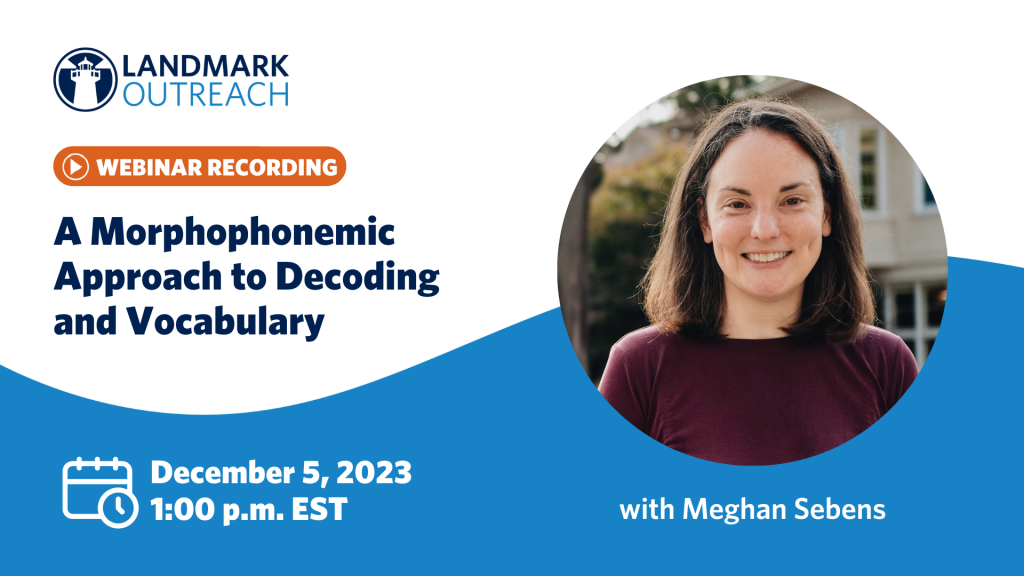The Science of Reading
The Science of Reading (SoR) movement has become a ubiquitous part of the teaching of reading in the United States and beyond. One of the hallmarks of SoR has been a greater emphasis on decodable texts for younger readers and informational texts for building knowledge among older readers. While both of these types of texts, along with traditional stories, can play important roles in teaching reading, the increasing emphasis on these has increasingly pushed poetry and other rhythmical texts such as songs into the background of reading instruction.
As an advocate for the teaching of reading as an art as well as a science, I am a firm believer that poetry and other rhythmical texts offer unique advantages and opportunities for teachers and children in reading instruction. Below I outline just some of the ways that making poetry a daily part of the reading curriculum can be both artful and scientific.
Poetry is Joyous Reading
Perhaps the most important reason for the use of poetry is that it is pure joy to read and perform. So many of today’s children’s poets write with such great humor that children are certain to find great delight. Poetry is fun reading!
Poetry can be Profound Reading
Beyond its ability to tickle a funny bone or two, poetry can be deeply profound and help build students’ knowledge of the world they live in. Whether it is David L. Harrison’s Rhymes for the Times that tells the story of America through poetry, Catherine Clinton’s I, Too, Sing America: Three Centuries of African American Poetry, Glen Alberto Salazar’s A Little Book of Persian Poetry, or Brod Bagert’s heart of science poetry, poetry can expand children’s world and stretch their imaginations.
Poetry Builds the Foundation for Reading
Research tells us that many children struggle with reading because they are not fully proficient in the foundational aspects of reading. Poetry is immensely suited to improve many foundational reading competencies.
Phonemic Awareness
Poetry is filled with texts that play with the sounds of language (phonemes). Think of all the nursery rhymes that we hope children learn before starting school. “Diddle diddle dumpling,” “Dickery dickery dare,” “Hickory dickory dock,” “Peter Piper, picked a peck,” or “Betty Botter bought some butter” are certain to help children develop an awareness of the phonemes /d/, /p/, and /b/. I can’t help but wonder if nursery rhymes were first written to help children develop their awareness of speech sounds that are crucial to their language and literacy development.
Phonics
Most poetry for children rhymes. Rhyming words are words that often contain rimes (also called phonograms/word families) that repeat (e.g. the -ake in bake, cake, rake, take…). Helping children detect and decode rimes is a great way to develop their phonics or word decoding ability (as well as their spelling or encoding). Dr. Edward Fry, for example, found that knowledge of just 38 common rimes allows children to decode over 600 words simply by adding a beginning consonant, consonant blend, or digraph. Little Bo Peep is a perfect text to explore the -eep rime, Hickory Dickory Dock is a wonderful text to practice the -ock rime, and Maya Angelou’s Life Doesn’t Frighten Me at All is certain to help children learn about the -all rime (and much more!).
Vocabulary
Poetry is filled with rich vocabulary that poets use to make their magic. Back to the Maya Angelou poem we can find wonderful words and phrases such as frighten, frogs and snakes, dragons, counterpane, tough guys, and much much more. Our job as teachers is simply to help children notice these great words that poets make such great use of and encourage children to use them in their own language.
Fluency
Fluency, the often-neglected goal of the reading curriculum, is developed largely through repeated and assisted readings of texts. Another name for repeated and assisted reading is rehearsal. Poetry and other forms of rhythmical texts are meant to be performed. So in order for students to get to the point where they are able to perform, they will need to rehearse, hopefully under the guidance and support of a teacher. Moreover, the aim of repeated readings is to read with good expression (prosody), which is at the heart of fluency, instead of reading fast which unfortunately is the goal of too many fluency lessons.
Sight Vocabulary
The rhythm, rhyme (and melody) in poetry, and songs make them easily memorized. How many of us can remember a poem that we first learned and last read in our school days? Sight words are essentially words that are memorized by sight and sound. Poetry is excellent text for helping students expand their corpus of memorized words – sight vocabulary, especially when after reading (and performing) an entire poem we work with students to examine individual words and word patterns from the poem more deeply. Examining chosen words from a poem that has been mastered will prompt students to orthographically map those words and word patterns.
Writing
Because poetry often has a specific and transparent structure, it is an excellent mentor text for students’ writing. It is not difficult for students to write their own versions (or parodies) of favorite poems or songs, whether it is their own versions of Yankee Doodle, Judith Viorst’s If I Were in Charge of the World, or Langston Hughes’ Mother to Son the structure of the poetic text gives students a head start on creating their own poetry. Here’s a favorite for many students in our university reading clinic:
Diddle diddle dumpling my son Jon,
Went to bed with his stockings on.
One shoe off, one shoe on.
Diddle diddle dumpling, my son Jon.
That rhyme is also a favorite for students to use in writing their own poetry. Taylor, for example, wrote (rehearsed and performed) his own version of the rhyme:
Diddle diddle dumpling my son Fred,
Slept all day on his bed.
Woke up at midnight and screamed
“There’s a monster under my bed.”
Diddle diddle dumpling, my son Fred.
Success – A Sense of Accomplishment
Children who struggle in reading do not often experience success in their reading, especially when they compare themselves with their more proficient classmates. Poems are relatively short, and the rhythm and rhyme embedded in poetry for children make them easy to learn to read and perform. Imagine the feeling of accomplishment children can feel when they are able to read a poem aloud with fluency and expression, just as well as any more proficient reader. That success is empowering. In our reading clinic, our goal is for children to leave every single day with the ability to read something well and to read and perform it for their parents and other family members.
Research
The science of reading requires that methods used in reading instruction need to have a research base. A growing body of published research has demonstrated that used on a regular and authentic basis where children engage in repeated reading followed by performance and word study, poetry will lead to significant progress in students’ reading proficiency, especially for younger and struggling readers (e.g. Rasinski & Zimmerman, 2005; Rasinski & Zimmerman, 2013; Zimmerman, et al., 2019).
Make Poetry Part of your Reading Curriculum
In our educational world where stories and informational texts are the dominant forms of reading, we need to make a concerted effort to allow poetry a foothold. Just 10-20 minutes of poetry reading a day can have a profound effect on children’s literacy development. Poetry can easily allow us to connect to children’s home. Poems can easily be sent electronically to students’ families and printed at home. Then, children can rehearse at home and perform for their families. Let’s make it a goal for poetry to be read, rehearsed, and performed every day of the school year!
You can find resources for teaching accurate and automatic word recognition (fluency) on Tim’s own website.
References
- Rasinski, T., & Stevenson, B. (2005). The Effects of Fast Start Reading, A Fluency Based Home Involvement Reading Program, On the Reading Achievement of Beginning Readers. Reading Psychology: An International Quarterly, 26, 109-125.
- Rasinski, T. V. & Zimmerman, B. (2013). What’s the perfect text for struggling readers? Try poetry! Reading Today, 30, 15-16.
- Zimmerman, B.S., Rasinski, T.V., Kruse, S.D., Was, C.A., Rawson, K.A., Dunlosky, J., & Nikbakht, E. (2019). Enhancing outcomes for struggling readers: Empirical analysis of the fluency development lesson, Reading Psychology, 40(1), 70-94.

